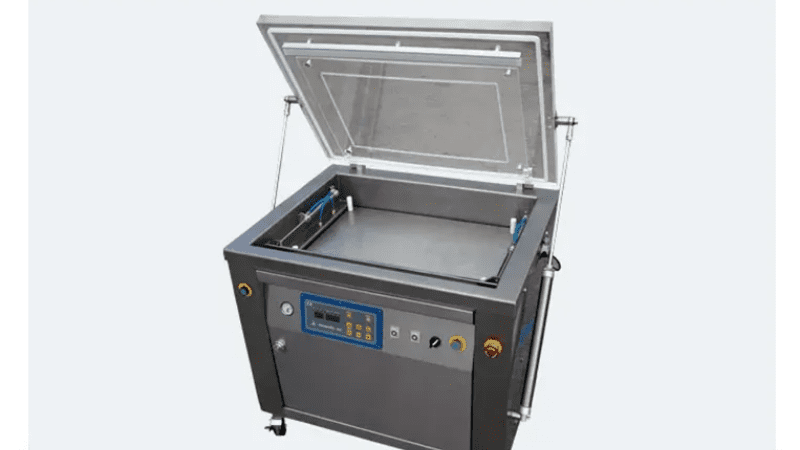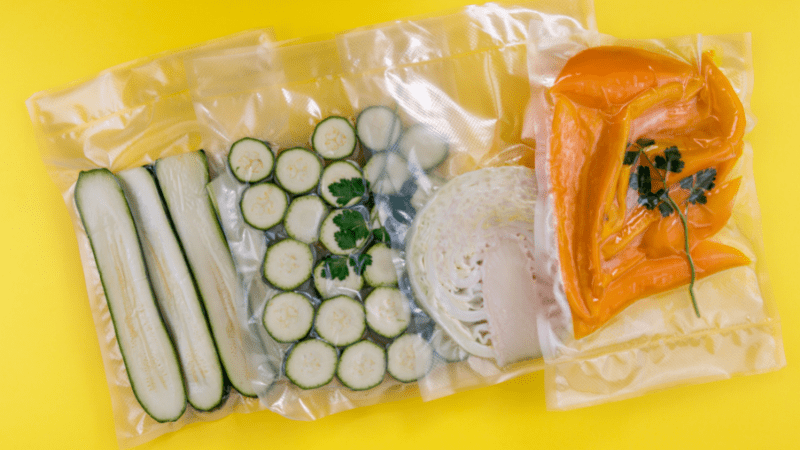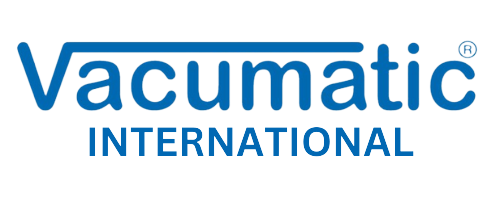
Buying Guide to Commercial Vacuum Packaging Machines
Vacuum packaging machines have existed since the early 1960s. Even though the very first vacuum packaging machines were used in large-scale operations such as grocery stores, these have recently surged in popularity amongst consumers and restaurateurs alike.
Commercial vacuum packaging machines are now usually used at restaurants and related establishments. Depending on the usage, you will determine the kind of vacuum packaging machine you should purchase. To buy any machine type, contact Vacumatic, the best Vacuum Packaging Machines Manufactures.
The vacuum packaging machines take the air out of packaged food and deprive any microorganisms that may be present in the food of oxygen. This process makes the food last longer and the food stays fresh. But, here’s one thing and that is – the food needs to be sealed in bags with appropriate sizes.
Commercial vacuum sealers for food save restaurants time and money by keeping food fresh for long time span. It also reduces the need for regular deliveries of supplies.
To say, this also saves you about 20-40% in operating cost.
The best part is that vacuum sealed foods can also be directly cooked in their packaging by methods like sous-vide, which involves cooking food in hot water baths by controlling the temperature.
Purpose of Vacuum Packaging Machines
Vacuum packaging machines are used for a plethora of purposes like:
Marinating: Traditional marinating includes coating the food in the marinade and letting the flavors slowly seep into it. Chefs may also place cut marks on meats such as chicken and steak before marinating to help flavors go down deeper. With vacuum-sealed foods, there is no need to cut the food. When air is taken out of the bag with the marinated meat in it, the protein fibers expand, letting the aroma of the marinade infuse into the food without damaging the meat.
Hydro Shocking Herbs and Vegetables: It is quite a challenge to keep herbs and vegetables fresh once they are picked. Hydro shocking is a process in which the fresh-picked herbs are put on ice and doused with cold water. These are then placed in vacuum bags and all the air is removed by running the machine a couple of times. This allows the herbs to stay fresh and crisp without the need for any refrigeration.
Food Preservation: Vacuum packaging food is used to preserve it for longer time by extending the shelf life. This depends on the kind of food being preserved such as: Frozen foods can last anywhere from 2-3 years, while they last 6-12 months when preserved conventionally. Similarly, sealed and refrigerated foods last somewhere around 1-2 weeks, extending their shelf life from 1-3 days. They get this when they use conventional methods of preservation.

Sanitation: When the food gets mouldy, the mold can spread through the refrigerator to other products through spores and spoiling the rest food items.
Vacuum-sealing gets rid of this mould problem just by containing each package in its own atmosphere, eliminating the chance of food spoilage.
It can also be used to store meats and vegetables together by preventing cross-contamination. Cross-contamination takes place when the juices and microorganisms from meats get in touch with other foods, taints them in the process.
This problem is solved by putting the meats and vegetables in separate vacuum-sealed bags. After that, the bags can be stored.
Types and Features of Commercial Vacuum Sealers
Pistol-type Vacuum-Sealers: These are light in weight, compact handheld appliances. These are used for operations where taking the sealer to the package makes more sense than just bringing the bags to the sealer. Pistol-type vacuum packaging machines work by using special bags with a valve built into them. After you seal the bags manually by using the handheld sealer tool, the air is taken out of the bag through the valve. The cordless sealer takes the air out of the bag in short bursts and seals it.
External Vacuum-Sealers: These are also known as out-of-chamber sealers or suction sealers, external vacuum-sealers use perforated bags. Such bags are kept outside the sealer while their open mouths are put inside. Due to their use and perforated bags, external vacuum-sealers cannot be used to pack liquids. Instead, it is used to freeze the liquids first and then seal them. These vacuum packaging machines employ dry pumps and have limited usability compared to chamber-sealing counterparts. These are a great choice for occasional usage and these are the best suited for light-duty tasks.
Chamber Vacuum-Sealers: The vacuum-sealers are primarily meant for commercial purposes. These are used to seal liquids as well as solids. The bag is sealed and placed inside the chamber, where the sealer equalizes air pressure inside the chamber, bag. Such appliances are preferred for commercial duties because of their heavy-duty oil pumps which can seal both liquids and solids and also last longer.
Factors to Consider When Buying a Commercial Vacuum Machine
Frequency of Use: The most important factor to consider when choosing a commercial vacuum packaging machine is how frequently your establishment is going to use it. If it is for the occasional product and price is a factor, an external vacuum sealer may suit and for heavy-duty use, chamber vacuum-sealers can offer better value.
Sealing Liquids: External vacuum packaging machines are not meant to seal liquids due to the nature of their operation. If you intend to use the sealer to package liquids and solids, a chamber-style sealer will suit the best. Still the external vacuum-sealers have a workaround for sealing liquids just by freezing them first and then using the appliance.
Upfront Costs: Chamber sealers are an expensive purchase as compared to other counterparts. The price, however, is justified in the long run just by saving time and money, if you intend to seal products on a regular basis. External sealers are used for light-duty use and cost less than chamber-sealers.
Automatic Vacuum-Sealers vs Manual Sealers
Manual Vacuum-Sealers come equipped with timers that can be set manually. Through these, the amount of time can be determined which would require a seal soft and delicate products such as dry cakes and muffins.
Such products can get damaged by a hard seal if all the air is sucked out of the sealer package. Instead of using the pulse feature every time to seal products, it gets easier to set the timer to a predetermined number for hassle-free operation.
Automatic Vacuum-Sealers: These sealers work by sucking out all air from the package until vacuum is created in the bag. This process usually takes less time than setting a timer or using the pulse setting. These suit the best for packing durable items which would not get damaged with a hard seal. Commercial vacuum sealers that offer both manual and automatic selections combine the best features of both.
Whether you have a small business or an established, Vacumatic has got your needs covered. We manufacture as well as export custom-built commercial vacuum packaging machines. Irrespective of the industry you deal in, contact us. We have everything to meet your individual business needs. Drop us a call! We are here to help your business grow.
